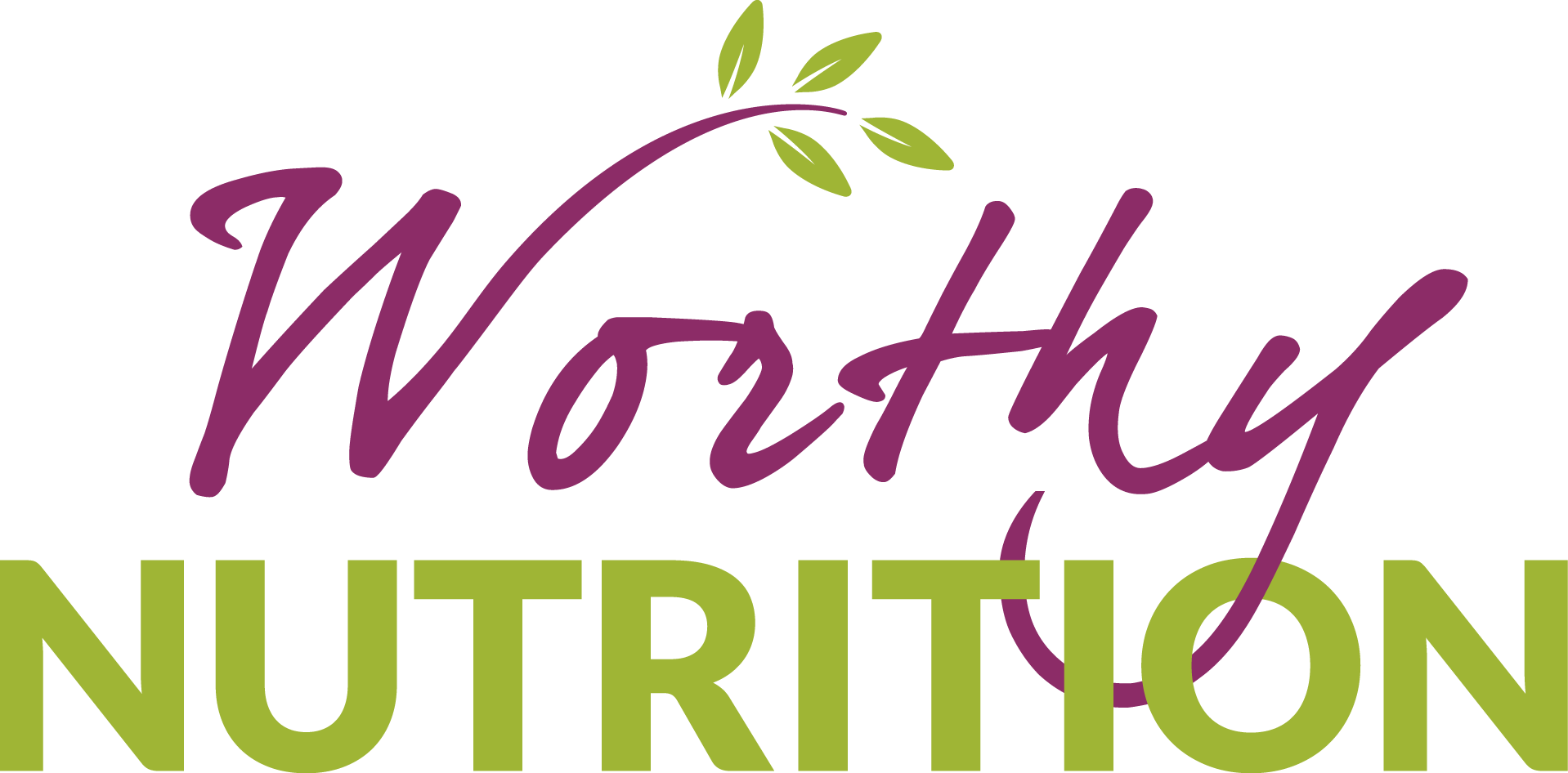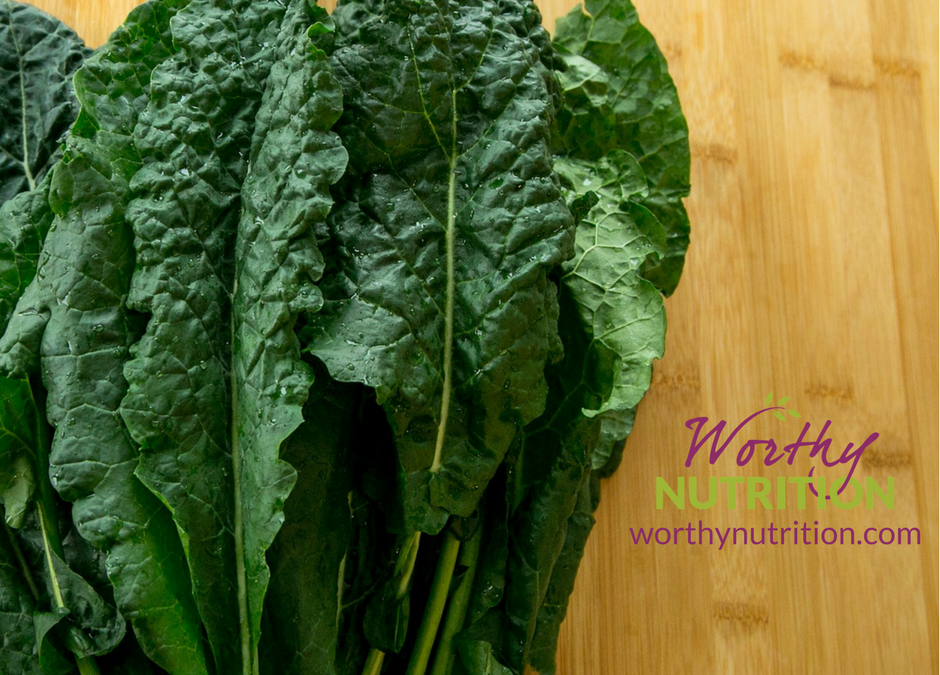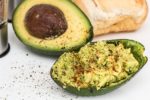When I begin working with clients, part of the process is to evaluate the type of foods they are currently consuming. What I find, even if clients are eating relatively healthy, is the quality of the foods they are consuming are not nutrient dense options.
So, what do I mean by nutrient dense foods?
Nutrient dense foods are foods that give you the most nutrients for the fewest number of calories. Nutrient density is the quantity and variety of micronutrients carried by each calorie of the food. That’s not counting enriched or fortified foods.
Micronutrients are the vitamins and minerals required by the body. The micronutrients found in our foods ensure normal metabolism, growth and physical well-being, which are different than macronutrients which are the protein, fats, and carbohydrates found in food.
Let’s look at some examples of nutrient dense foods:
Kale, Mustard Greens, Watercress, Swiss Chard, Bok Choy, Spinach, Romaine Lettuce, Brussel Sprouts, Carrots, Cabbage, Broccoli, Cauliflower, Peppers, Asparagus, Strawberries, Mushrooms and more. This is just a small list of foods that give us the biggest nutrient bang for our buck.
For a more comprehensive list, CLICK HERE. Dr. Fuhrman defines nutrient density of your diet as
H=N/C
Your health (H) is predicted by your nutrient intake (N) divided by your calorie intake (C). This is the basis of nutritional science and nutritional healing which is used in dietary recommendations for the ANDI scale.
Source: https://www.drfuhrman.com/library/article17.aspx
When you are thinking about your food intake, try and be mindful of the food you are consuming. Go for nutrient dense, whole foods that have been minimally processed.
To your Health,
Patti

P.S. If you need help with this process or just need a better direction to find the best version of you, you may be a perfect fit for my one-on-one coaching. If you are changing your perspective and ready to make the decision to change for the long-term, I’d love to help. Let’s connect and we can set up a time to chat.






